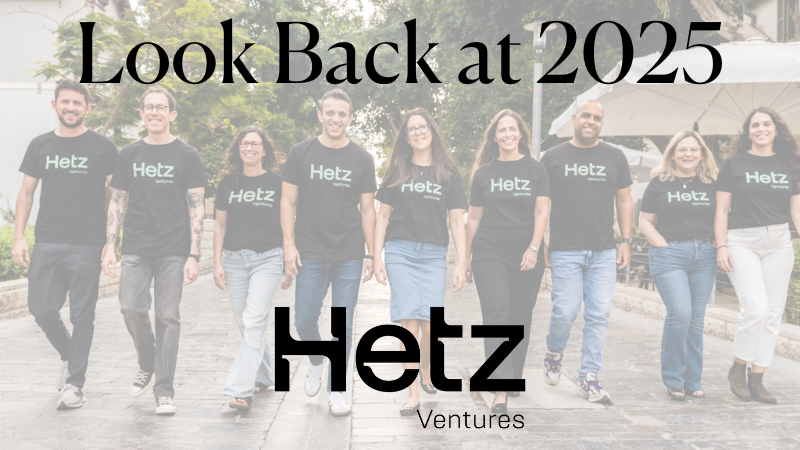Anima plays therapist to the ‘love/hate’ relationship of designers and developers
The relationship between designers and developers can be complex, with challenges in understanding each other's needs and abilities. Or Arbel, co-founder of Anima, a platform that converts web and mobile app designs into code automatically, describes it as a "mixed love and hate relationship." Traditionally, design teams use tools like Figma, Sketch, or Adobe XD to create designs, which are then handed over to development teams to be converted into functional code. However, this handoff often leads to discrepancies and frustrations between the two teams.
Anima aims to address this problem by automating the conversion of designs into code, saving time and effort for both designers and developers. By eliminating the manual process of translating designs into code, Anima allows teams to streamline their workflow and reduce the back-and-forth adjustments. The platform has been downloaded 400,000 times and used by thousands of developers and designers.
While some developers appreciate the automatic code generation, Arbel acknowledges that the tool may not be suitable for everyone. Some may prefer their own methods or be hesitant to adopt unfinished or imperfect automation. The quality of the output is a work in progress, with continuous improvements based on user feedback.
Anima operates on a bottom-up business model, offering subscription plans to individual designers and developers. This approach allows professionals within large organizations, including Facebook, Google, and Netflix, to utilize the platform and save up to 50% of development time. Unlike pure no-code solutions, Anima focuses on providing developer-friendly solutions and acknowledges the importance of developers in the process.
Read the full article in Calcalistech

.jpg)
